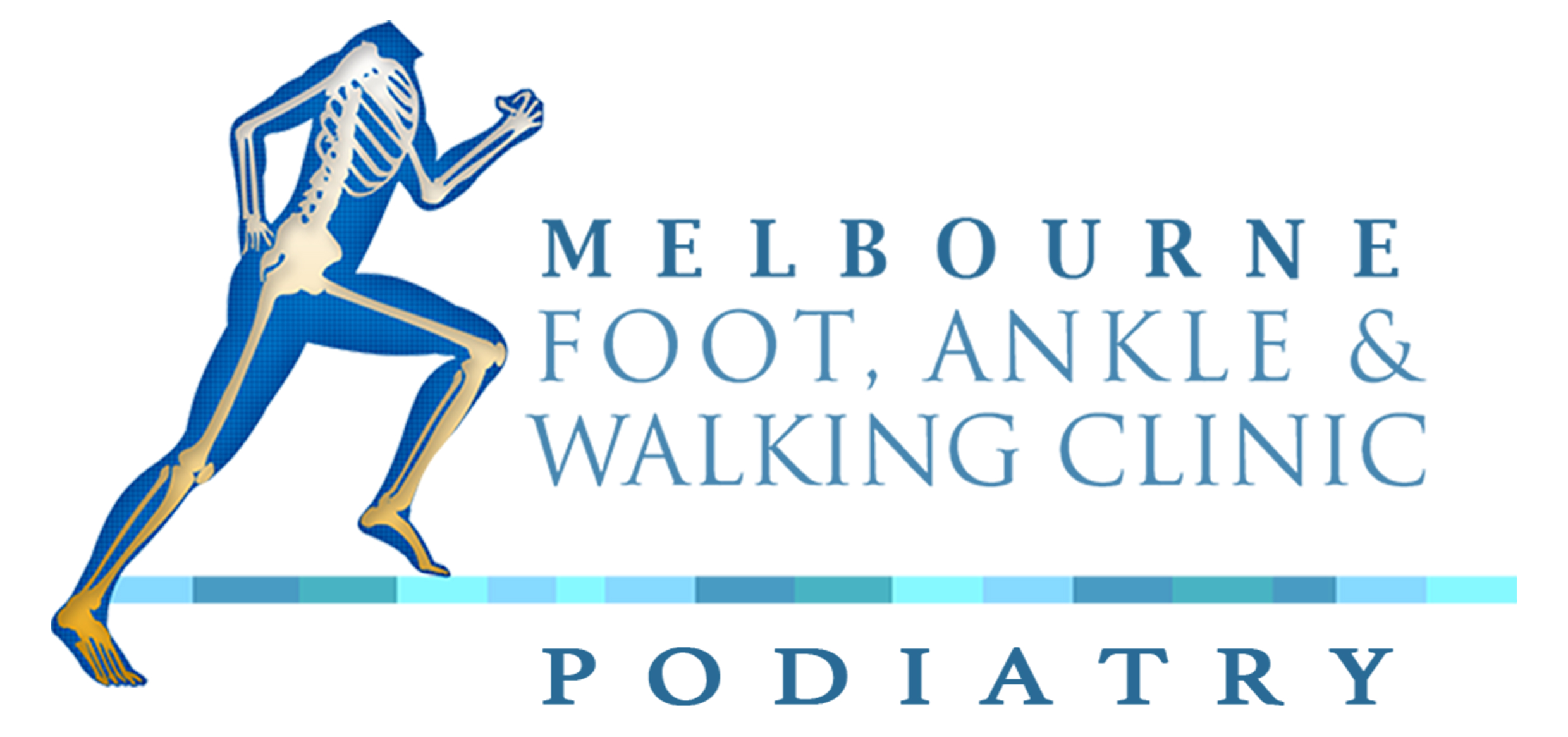 Heel pain can occur for many reasons. The most common problems are due to conditions known as”Plantar fasciitis” and “Heel spur syndrome”. These conditions are associated with a strain of the arch ligament, or the plantar fascia, which attaches to the heel bone and extends to the ball of the foot. The function of this plantar fascia is to support the arch of the foot. It is involved in stabilising the foot and in the “push off”; function of the foot when walking or running. In the area where the ligament attaches to the heel bone, a bone spur can form in the direction of the strain.
Heel pain can occur for many reasons. The most common problems are due to conditions known as”Plantar fasciitis” and “Heel spur syndrome”. These conditions are associated with a strain of the arch ligament, or the plantar fascia, which attaches to the heel bone and extends to the ball of the foot. The function of this plantar fascia is to support the arch of the foot. It is involved in stabilising the foot and in the “push off”; function of the foot when walking or running. In the area where the ligament attaches to the heel bone, a bone spur can form in the direction of the strain.
What causes the strain?
In most cases of plantar fasciitis, the foot will over pronate (flatten). In a small percentage of cases the foot is rigid and does not over pronate and the treatment for this is slightly different. If the foot over pronates, the bones in the middle of the foot collapse and move forward putting increased strain on the plantar fascia. Adult feet do not grow, however in some of these cases patients note they have gone up a shoe size or two. It is often this collapsing and elongation of the foot that puts strain on the plantar fascia. It also can be caused when the load to the heel repeatedly exceeds the capacity of the tissue under the heel (generally the plantar fascia) an injury will occur. It is also common to get a bruising in the calcareous in which the plantar fascia attaches to.
What can I do about heel pain?
Plantar fasciitis is a common condition that can be very painful but will resolve with appropriate treatment in the majority of cases. There are several treatments which have been proven successful, however the correct treatment depends on your diagnosis. Treatments included but are not limited to custom foot orthotics, strapping / taping, footwear changes, stretches and exercises, icing, using a CAM walker, loading exercises, activity modification and also PRP injections or platelet rich plasma which is injecting the persons own blood into the area to aid in healing and in some cases cortisone injections. The treatment often depends on the cause and weather it was related to trauma or has developed over a period of time. Plantar fasciitis is more common in people who stand for long periods of time and people who are overweight.
When will it get better?
As a general rule, the longer you put up with the pain before seeking treatment, the longer it takes to treat. In most cases we can see a significant improvement in the first 2 – 6 weeks of treatment.
Surgery?
We do not recommend having surgery for heel pain until all other treatment options have been thoroughly explored.
Heel pain treatment
If you need heel pain treatment in Melbourne CBD, contact us now!
